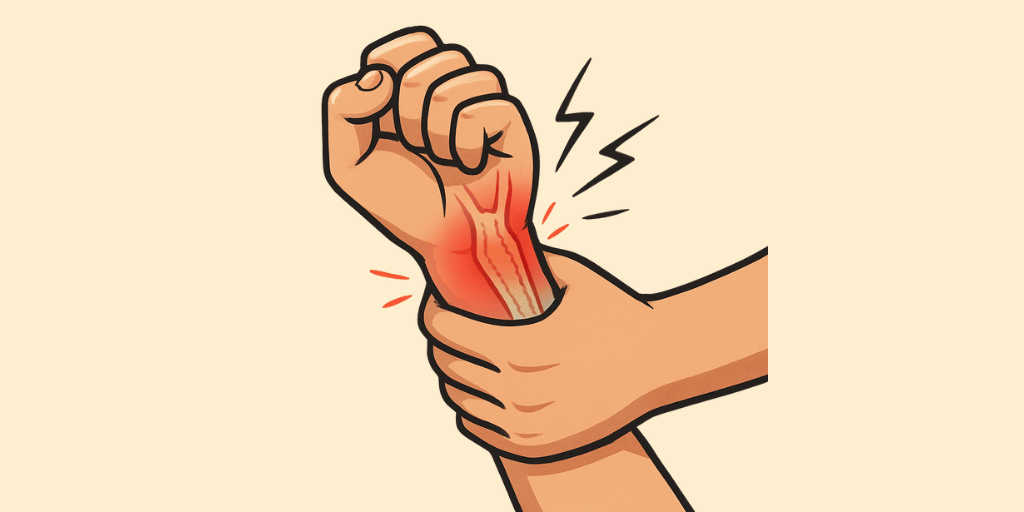Ayurvedic Name: Snayuk
Description:
Snayuk (Tendonitis or Tendon Disorder) in Ayurveda is primarily caused by an imbalance in Vata dosha, which leads to inflammation and pain in the tendons. The condition is marked by Soola (Pain), especially during movement or physical exertion, where the affected tendons become tender and painful. There is noticeable Shotha (Swelling) around the tendons, which leads to Rukshata (Dryness) and stiffness in the area, causing restricted motion. The individual may experience Kandu (Itching) if the swelling irritates the surrounding skin. Gaurava (Heaviness) is felt in the affected area, making it hard to move or bear weight.
Signs & Symptoms:
Snayuk (Tendonitis or Tendon Disorder) is characterized by Soola (Pain) in the affected tendons, particularly during movement or pressure. There is often Shotha (Swelling) around the tendon, leading to Rukshata (Dryness) and stiffness in the affected area.
Kandu (Itching) may occur if there is irritation around the swollen area, and Vata dosha imbalance can lead to Gaurava (Heaviness) and restricted movement. Dourbalya (Weakness) and Sula (Pain) may be present, limiting the functionality of the affected joint or tendon. Agnimandya (Poor Digestion) may also be noted in severe cases, especially if the condition is chronic and systemic.
Diagnosis:
Ultrasound or MRI of the affected tendon
Risk Factors:
- Dietary Factors: Consuming a diet high in processed foods or those that disturb the digestive system can exacerbate the symptoms of Snayuk (joint issues). A diet low in anti-inflammatory foods like fruits, vegetables, and omega-3-rich foods can contribute to inflammation and pain in the joints.
- Lifestyle Factors: Sedentary behavior, overexertion, and poor posture can lead to joint problems. Stress, emotional imbalance, and lack of exercise can contribute to the worsening of Snayuk.
Complications:
- Joint Pain (Snayuk): Pain, swelling, and discomfort in the joints caused by inflammation or trauma.
- Decreased Mobility (Sandhi Vata): Limited movement or flexibility due to joint issues.
- Muscle Weakness (Asthi Shoola): Reduced muscle strength or endurance due to poor joint health.
Epidemeology:
Snayuk (Joint Pain) is frequently observed in individuals with arthritis, aging, and joint injuries. It is more common in people with a sedentary lifestyle or those who have suffered repeated joint trauma. The prevalence increases with age, especially in individuals with obesity or genetic predispositions.

